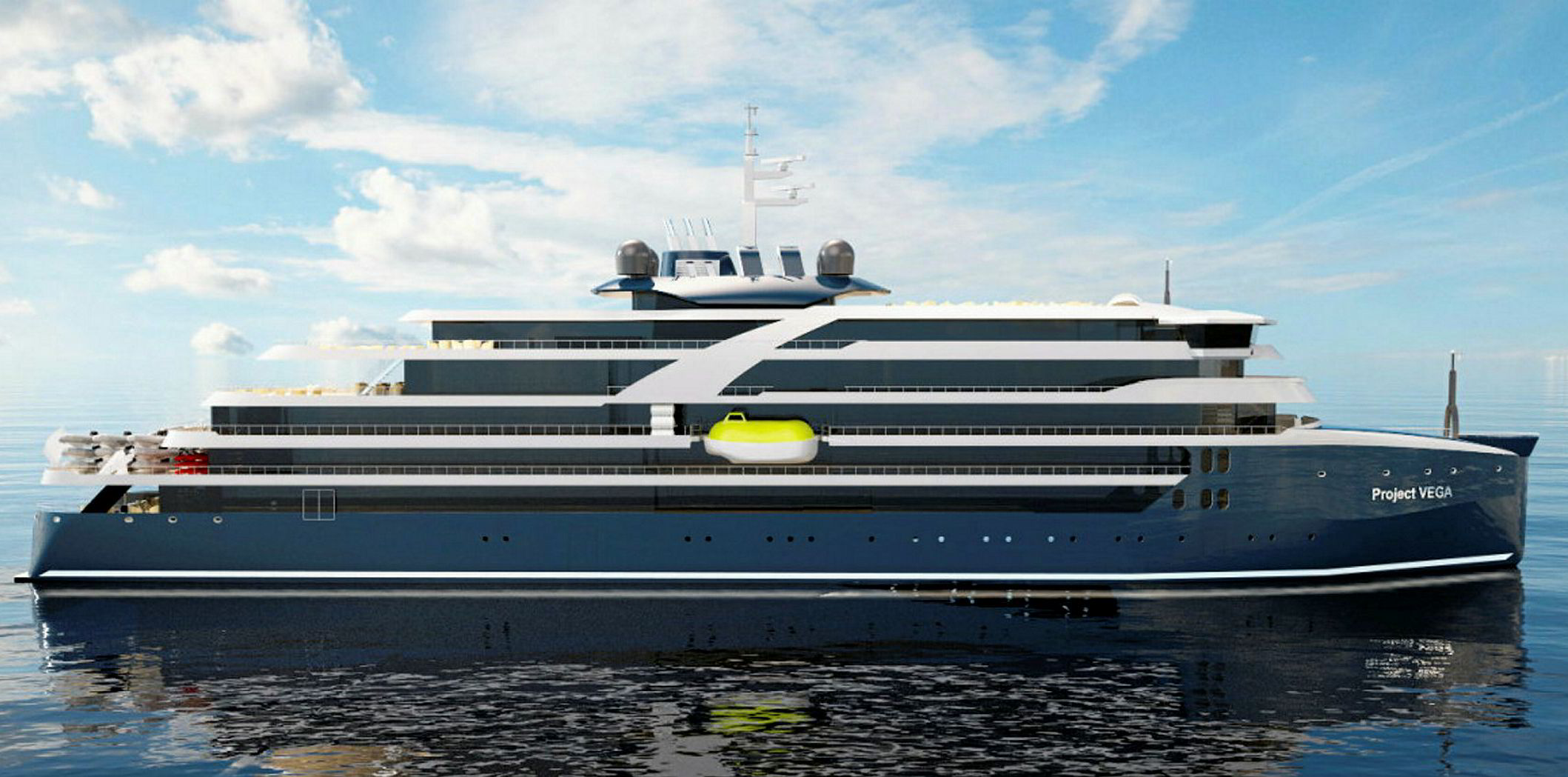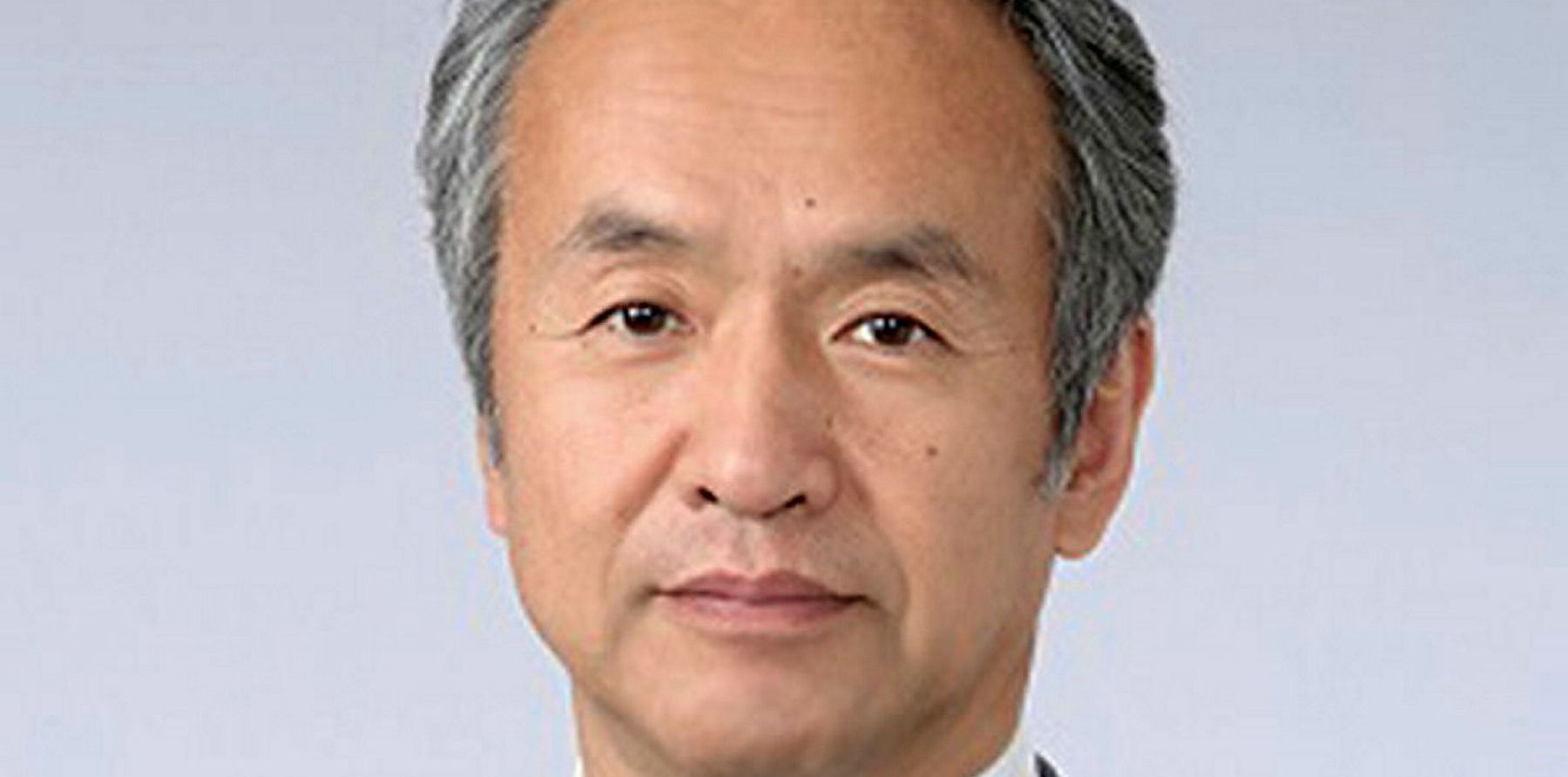Japan’s presence in the commercial shipbuilding market is poised to shrink further in the face of severe price competition from South Korea and China.
Four of the country’s major shipbuilding companies — Japan Marine United (JMU), Mitsui E&S Shipbuilding, Kawasaki Heavy Industries (KHI) and Mitsubishi Heavy Industries (MHI) — are scaling back construction.
“It is notable that these larger Japanese yards are part of multifaceted business conglomerates where shipbuilding competes for resources and capital internally,” said Maritime Strategies International (MSI) director Stuart Nicoll.
“These businesses have managed capacity in the past and it is perhaps unsurprising that they are looking to rationalise now.”
JMU is pulling its Maizuru Shipyard from the merchant shipbuilding market and plans to turn it into a naval repair facility.
The Kyoto-based yard, which employs about 300 workers, mainly builds kamsarmax bulkers and MR product tankers. Its last vessel — an 83,000-dwt bulker — will be delivered in mid-2021.
Mitsui E&S is slashing production of large vessels, such as VLCCs at its Chiba Shipyard, as part of a restructuring plan that will affect 1,000 jobs.
Instead, it will turn its attention to constructing big vessels at Yangzi-Mitsui Shipbuilding, a joint venture with Singapore-listed Yangzijiang Shipbuilding in China.
The outfit’s other Japanese yard in Tamano, in the western prefecture of Okayama, is to halt bulker construction and move to specialising in naval and non-commercial vessels.
KHI is reducing production at its main Japanese yard in Sakaide by 30%. It will build high-tech ships there and has plans to dedicate part of the facility to constructing railway vehicles.
KHI has said it will focus most of its production at the two shipyards it co-owns in China — Nantong Cosco KHI Ship Engineering (Nacks) and Dalian Cosco KHI Ship Engineering (Dacks) — with Cosco Shipping.
Both yards have dry docks that can construct vessels up to VLCC size.
There have been no LNG orders in Japan since 2015. The news that KHI is to move production to China seems to signal the end of LNG building in Japan
Stuart Nicoll, director of Maritime Strategies International
MHI, once the world’s leading LNG shipbuilder, is quitting the segment as it can no longer compete with rivals in South Korea and China.
Exiting LNG
“There have been no LNG orders in Japan since 2015. The news that KHI is to move production to China seems to signal the end of LNG building in Japan,” said Nicoll.
“This could conceivably be worse, given the lack of LNG, LPG and chemical tanker orders,” he added. “The current orderbook suggests that 85% to 90% of chemical and LPG carriers on order in Japan are scheduled to be delivered this year.
“As well as impacting the major VLGC builders — Kawasaki [KHI] and Mitsubishi [MHI] — this will also hit the yards that focus on small LPG carriers and chemical tankers very hard. Japanese yards had been leaders for these vessel types,” he added.
“Some Japanese yards claim price competition from South Korea and Japan is insurmountable, blaming state support in South Korea in particular.
“Currency effects have not helped either — since the middle of 2015, the yen has appreciated by more than 10%, while the yuan has declined by around 12%.
“The won peaked in early 2018 but has since depreciated by a similar amount and is close to levels in mid-2015.”
MSI estimates that Japanese shipbuilding capacity will be cut by another 20% in the coming years.
“We expect Japanese shipbuilding capacity to fall to just 75% of 2003 levels [just before the shipbuilding boom of the 2000s],” Nicoll said.
“South Korean capacity will remain a quarter higher than in 2003 and Chinese capacity [is] to be four times greater. The latter is a reflection of the nascent state of Chinese building at the time.”
The challenging shipbuilding industry may lead the major shipbuilders in Japan to downsize their production further.
But, in contrast, the privately-owned Oshima Shipbuilding is ramping up its capacity.
Oshima, a bulker specialist, is in talks to take over MHI’s Koyagi plant, where it wants to construct larger size bulkers.
The yard’s current shipbuilding facility in Saikai, in Nagasaki Prefecture, can only construct vessels up to mini-capesize. The company has also acquired land near its current shipbuilding site, where it plans to expand its vessel-construction capacity.







